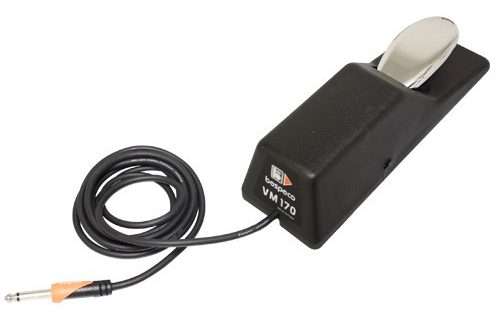
Stratocaster or telecaster?
Construction of an electric guitar
Before we go into a specific consideration, which guitar is better, or maybe just more practical, it is worth knowing the basic structure of an electric guitar. And so the basic elements of the guitar are the body and the neck. They are responsible for the transmission of vibrations, thanks to which the guitar sounds as it should. The strings rest on the bridge on one side and the saddle on the other. After hitting the strings, the pickup collects their vibrations, creates an electric current and passes them on to the amplifier. To adjust the parameters of our sound, we can use the volume and tone potentiometers or the pickup switch. Building an Electric Guitar – YouTube
Basic differences between stratocaster and telecaster
What to choose, which guitar is better? These are questions that have been accompanying not only beginner guitarists for years. Although both guitars were invented by the same guy, there are really many differences between them. At first glance, guitars differ in shape, but this is only a visual difference. In this regard, the Stratocaster has two cutouts at the neck at the bottom and top, and the telecaster only at the bottom. However, the most important in music are the differences in the sound of a given guitar. Telecaster just sounds different, much brighter and nasally. It also has only two pickups, so theoretically and practically it has fewer possibilities when it comes to sound systems. According to some, it takes more courage and skill to make a telecaster, but these are of course very subjective feelings. The Stratocaster, due to the fact that it is based on three pickups, has more sound combinations, and thus the range of sound characteristics is greater. Fender Squier Standard Stratocaster vs Telecaster – YouTube
Comparison of two guitars Fender Player Stratocaster Lead III and Fender Player Telecaster
Fender Lead III is a re-edition of the Lead series guitar created in 1979, and more precisely the 1982 Stratocaster model. The instrument is characterized by smaller dimensions than the classic loss and has an additional switch to change the phases of the pickups. The body is alder, maple neck with C profile, screwed to the body. The fingerboard is a beautiful pau ferro. The mechanics of the guitar include a fixed hardtail bridge and vintage Fender tuners. Two Alnico Player pickups with the possibility of disconnecting the coils are responsible for the sound. Fender LEAD is a great addition to the wide Fender offer and a very interesting proposition for guitarists looking for a worthy instrument for reasonable money. Fender Player Stratocaster Lead III MPRPL – YouTube
The Fender Player Telecaster refers to one of the first Tele models, the Nocaster. The body of the guitar is made of alder, maple neck and fingerboard. The stem is a classic Fender design, and oil wrenches are mounted on the head. Two Fender Custom Shop ′51 Nocaster pickups are responsible for the sound, which are designed to perfectly reproduce the sound of the first Fender models.Fender Player Telecaster Butterscotch Blonde – YouTube
Summing up our comparison so briefly, both guitars belong to the so-called mid-priced. They are really well made and very comfortable to play. Regardless of any personal preferences, most guitarists will like them.
As you can see, it is impossible to say which type of guitar is better or even which one is more practical, although in terms of tonal diversity, the scales are tilted towards the stratocaster due to the greater number of pickups. Fender was able to take care of the smallest details in his guitars and the rest depends primarily on the individual expectations of the guitarist himself.





